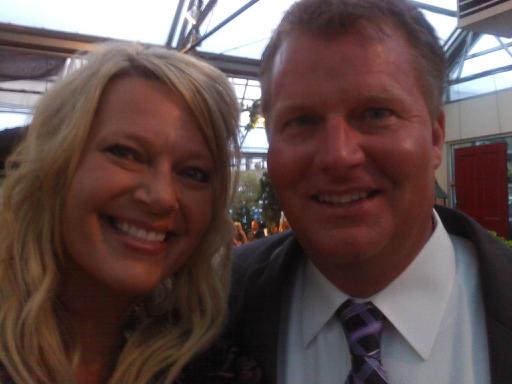Formative and Summative Assessments
I liked the summative assessment comment about it being an autopsy. You can see what is wrong, but it's final at that point. Formative would be the check-ups along the way, seeing where things are going wrong, and fixing them as you go. Humor
GREAT SONG on the video! When faced with the obstacles in education, humor is ALWAYS the answer. Thanks for sharing that with us!
Rubrics
*Kids know exactly what to expect. No surprises.
*Consistent
*Self evaluation
*Guided checklist for the students
*Focus on measuring a stated objective
*Include comment
*Keep it short and simple
I am feeling "behind." I'm like my friend Amy Brand here, and feel like after conferences are over, I will be able to focus on the tasks at hand!
Planning- Teach with the end in mind. Post-it:Objectives stated and posted in the same place everyday. Draw the map:Seating arrangements, 3 columns of rows, so that teacher is focal point. Avoid clutter, post only important things, so students aren't distracted.
Structuring and Delivering Instruction: Move around and monitor, so that you are able to prevent behavior issues that come up. Circulate and engage so that they know you are in power. The board paper: Make your paper look like mine, following along. Exit Ticket: Have an answer for a question, or list 3 things that you want to know more about.
Engaging students in your lessons: Cold Call: Checks understanding. Pose a question for them, they think, you call on a student. Call and response: Choral response, all answer in unison. All are participating. Vegas: music, cheer, for certain words, vocabulary. Great to use with amazing words in Reading Street! :)
Creating Classroom Culture: Entry Routine, binders. Learning procedures may take weeks. Demonstrate. Practice!
S- sit up
L-listen
A-ask and answer questions
N- nod
T-track the speaker
Tight transitions:
Building character and trust: Positive framing, live in the NOW. Assume the best. allow plausible anonymity, build momentum and narrate the positive. Challenge them, talk about expectations.
Normalize error: Don't make a big deal out of mistakes.
Warm and strict: Because I care about you...(implement consequence) Get over the consequence quick, don't dwell on it.
Improving Your Pacing: Quick activity, change activities with different formats.
Work the clock: tell them times, countdown, hands up.
Making every minute matter: review, games, read a poem, math facts, think of a number
Challenging Students to Think Critically: Ask only one question at a time. Hit rate: rate at which children answer questions correctly. You need to get higher level thinking in there.
Verbatim: When you restate a question, don't change the question from the original. Don't switch it up. Say it exactly the way it was the first time.

Where the rubber meets the road! This is where we JUST DO IT! (Kinda like an old Nike commercial) The true test of what a designer has developed.
Level 1 of evaluation: outcomes, was it relevant, time well spent in training, what did you like, were objectives met, and did you like the way the course was presented?
Level 2: Learning: evaluations are tied directly to objectives
Other elements of evaluation are:
from perspective of the facilitator
evaluation of the materials and technology, evaluation of the environment, continuity and conformity of implementation with the design plan
What Can Go Wrong?
The unexpected CAN hit and can throw your lesson off course if you are not prepared to be flexible. HAVE A PLAN B!
Especially the pita chips, I can't even hear when I am actively chewing! :)
9 Events of Instruction:
Preparation for Learning
1. Gaining Attention - Anticipatory Set
2. Direction - State objectives
3. Recall- KWL/Background knowledge
Delivery and Practice of New Material
4. Content - new material presented
5. Application Feedback Level 1 50/50 Teacher/Students equally share
6. Application Feedback Level 2 70/30 Students do more/repeat knowledge
7. Application Feedback Level 3 90/10 Students give MOST of the information
Wrap-Up
8. Evaluation - Assessment
9. Closure - Wrap it up and say goodbye!


 RSS Feed
RSS Feed